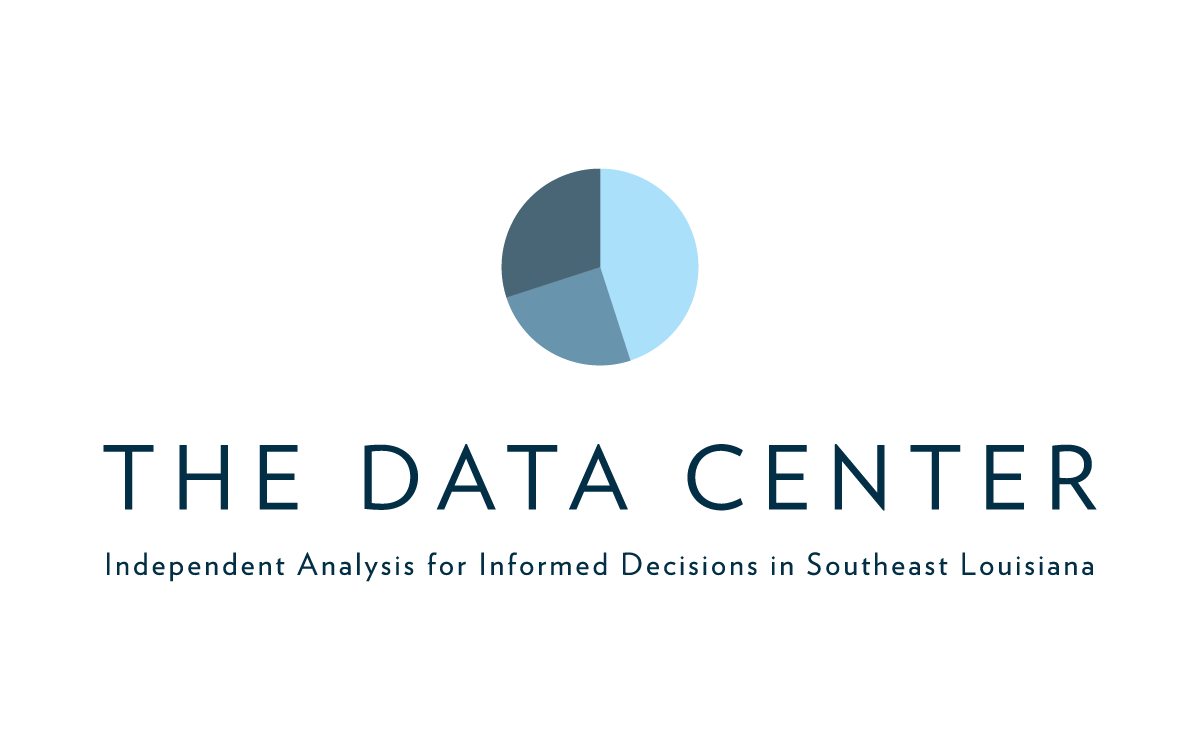Opportunity Clusters: Identifying Pathways to Good Jobs in Metro New Orleans
Published: Aug 13, 2015
Metro New Orleans has experienced economic growth since the Great Recession, yet families in the region are still struggling to make ends meet. New Orleans needs more “good jobs”. That means more jobs in industries that have the potential to help workers without a four-year college degree earn enough to support themselves and their families and eventually move into the middle class. This report aims to inform policymakers on which parts of the local economy provide good jobs so that they can help shape an economy that works for people: one that grows good jobs, helps the long-term unemployed, and reduces racial disparities in employment and incomes.

Introduction
Ten years after Hurricane Katrina, the conversation in metro New Orleans is less about post-disaster recovery and more about the challenge that many communities face today: the need to shape an economy that works for people. Leaders here are working to grow good jobs, help the long-term unemployed, and reduce racial disparities in employment and incomes.
This special report aims to help local leaders find ways to expand economic opportunity as metro New Orleans enters its tricentennial and second decade post-Katrina. Specifically, this new analysis provides information on which parts of the local economy provide “good jobs”—jobs in industry clusters that have the potential to help workers without a four-year college degree earn enough to support themselves and their families and eventually move into the middle class. The report focuses on the period from 2010 through 2014, setting a new baseline from which local leaders can plan and benchmark the region’s future.
Continue reading the full report [Download PDF]
Citations and sources can be found in the PDF copy of the report. Appendices B and C can be downloaded here and here.

